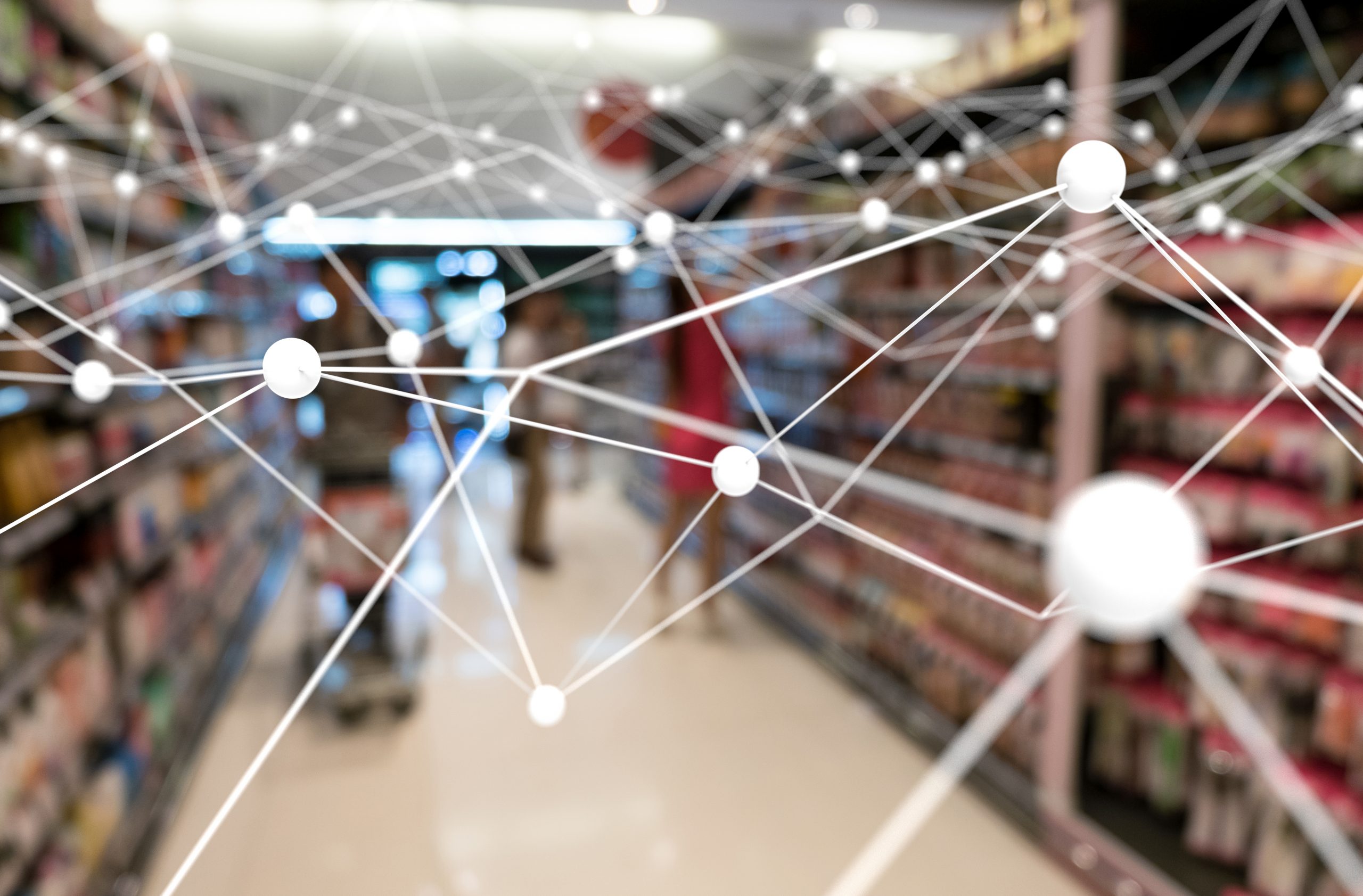
The COVID-19 pandemic has given way to challenges across industries and has brought some businesses to a standstill. Each industry is taking time to adjust and return to business and operate within new dynamics. The retail industry is one of the hardest hit sectors with physical outlets, shopping centres and malls closed to public or reopened with a string of constraints has taken its toll on revenues.
Retailers were not prepared to make the sudden and swift changes for various reasons and had ill-prepared IT environments. Many were not equipped with online and e-Commerce platforms which would be the most appropriate way to conduct business during a lockdown. It was e-Commerce giants and local online platforms that upped their game and utilised the situation to their advantage. Artificial Intelligence (AI) was incorporated into these online platforms. Understanding behavioural patterns and playing it out accordingly. Going forward, Artificial Intelligence will play a vital role in many areas within retail.
According to a recent survey by ResearchandMarkets.com, artificial intelligence in the retail market is expected to grow at a CAGR of 35.9% from 2019 to 2025 to reach $15.3 billion by 2025.
The market by itself is divided into software and services. It covers a variety of retail aspects including, supply chain and logistics, predictive maintenance on the manufacturing floor, product design, inventory and in-store management, customer behaviour and relationship management, and others. What is evident is that AI will help retailers think and plan more strategically instead of following a reactionary trend to meet customer demands.
While AI algorithms are put into use to predict fashion trends, be it colour or style, retailers can now have a more analytical approach to product design and forecasting. It can be suitably used to ensure that the manufacturing unit is up and running with a minimum downtime by predicting any emerging production faults or abnormalities in machine behaviour. Inventory can be a deterrent for retailers where huge amounts can be trapped in inventory capital. AI helps in controlling this by analytical forecasting and can definitely enable waste reduction.
Another area where AI will make strong inroads is with supply chain planning. It is estimated to transform into a more collaborative process that will involve material management and quality control, distribution and transportation. What it really means is that AI is grasping available data across these functions and enabling teams to make real time decisions. For instance, when a spike in demand in a particular location is noticed, AI capabilities will enable a more effective and rapid distribution mechanism, as well as the transportation teams are able to plan and prepare themselves for the situation more efficiently.
Moving into the consumer realm, AI will now play a very significant role in understanding consumer behaviour very relevantly at this point in time in the e-commerce sphere to engage and convert users. It will have a very strong impact on how brands will interact with consumers be it personalisation of the customer experience, retargeting customers, visual search capability, identifying customer leads, chatbots and virtual assistants and advanced customer relationship management.
It is not surprising how AI has been put into action presently in many countries to check on people walking into public spaces and highlight body temperatures to tackle the COVID-19 pandemic needs with AI enabled cameras. While it is also being used in stores to count customers, heat mapping to detect popular areas within stores, as well as to improve security and loss prevention.
In a nutshell AI brings along operational agility and efficiency while reducing risks through visibility, lowered costs and higher quality products for the retail industry. With changing times, what retailers now need to focus on is a system to undertake some radical restructuring and foresee the possible changes they need to implement while moving into the future.










Discussion about this post